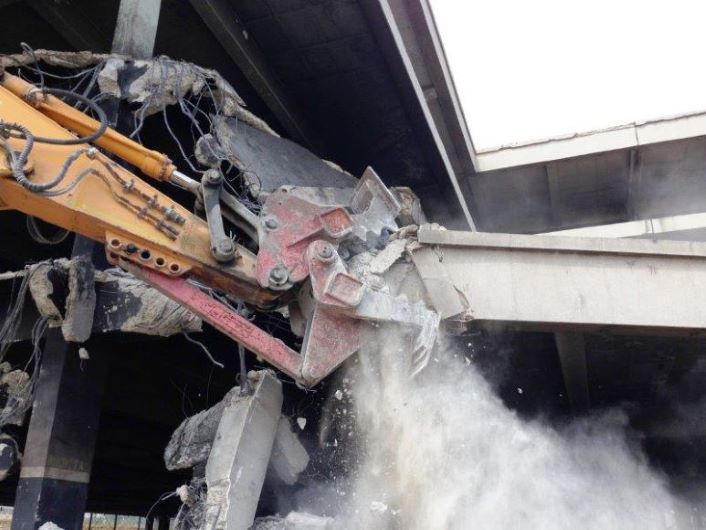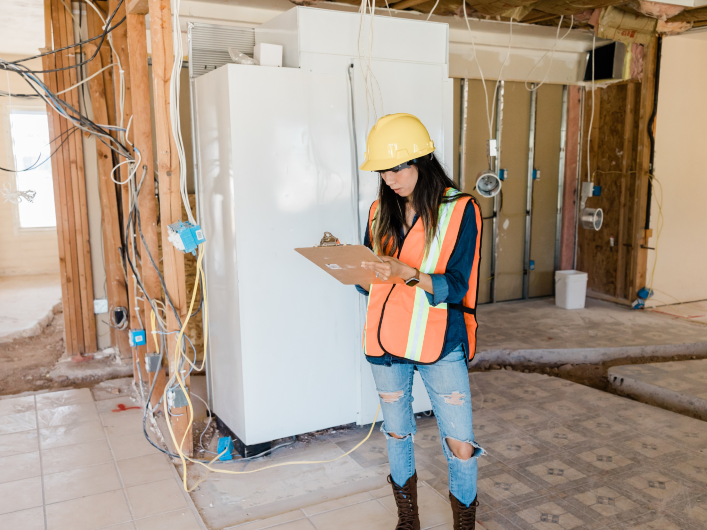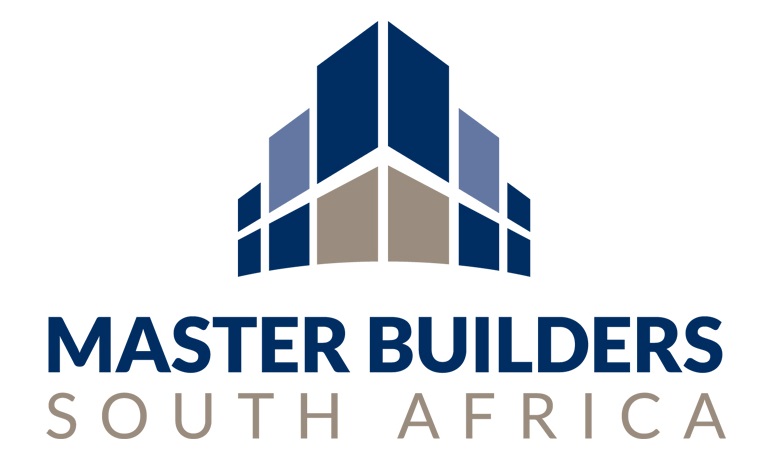As 1 June 2020 approaches, the Construction Sector can gets back to work under Level 3, and according to the Institute of Risk Management South Africa (IRMSA), companies need their risk assessments and Workplace Readiness Plans ready and in place according Lock-down Level 3 requirements. They must also conduct worker education on COVID-19 and protection measures.

Many not ready yet
Yet, at a recent briefing, the Department of Employment and Labour reported that, of those businesses it had inspected, 40 percent of private enterprises and 50 percent of SOEs were not compliant with the regulations.
“Businesses need to go even further than these basic conditions if they want to mitigate the many risks they now face,” says Christopher Palm, Chief Risk Advisor at the Institute of Risk Management South Africa (IRMSA).
Critical areas to focus on
Palm suggests several critical areas they must address on an ongoing basis.
Revisit their vision, mission and strategic objects
Even before opening, businesses should have reviewed their business model and adapted their strategic approach. They have to understand what about their business no longer works and what they must to do as each lockdown level becomes a reality.
Perform a business impact analysis
Just the OHS requirements can be onerous for businesses to implement, maintain and enforce as care is required for each and every location and duty.
Organisations should carry out a business impact analysis that reveals the true cost of operating in that context. They may find they cannot resume business simply because it would be unprofitable to do so.
Attend to immediate challenges
Above all, companies must focus on cash management and liquidity first. Everything else a company does must be subordinated to this one objective.
Assess normal business risks
The biggest risk for companies is the impact of OHS requirements on their ability to operate. However, they cannot overlook typical business risks.
They must quickly assess their current competitive advantages and disadvantages, especially in terms of their supply chain. If they cannot procure goods or services, they cannot continue.
Create opportunities
Having identified their competitive advantages, with a view to generating cash and building liquidity, companies will be ready for some tough decisions. They need to develop new ways of delivering their good and services to their market.
Can they embrace ecommerce and home deliveries? Or should they sell their inventories off to atypical customers, rent out floor space, or hire out their expertise. In short, they will need to break the business mould and look for radical opportunities outside the norm.
Assess legal commitments and exposures
As the legal health and safety officer of their company, could the CEO be sued for murder if an employee dies because they did not implement the necessary precautions?
A hairdresser in PE faces this situation after testing positive yet ignoring instructions to self-isolated, leading to the death of another.
Companies must review their exposure to similar litigation, as well as their ability to comply with regulations both structurally and operationally.
“Companies should accept that, when they open their doors again, they may need to be very different businesses than before to survive,” says Palm.
They must therefore urgently reassess their strategic outcomes in light of new risks and opportunities, and pivot accordingly.
More news
- CONCOR KICKS OFF OXFORD PARKS BLOCK 2A PHASE I PROJECT
- PART 3: SA’S TRADE DILEMMA: A PODCAST DISCUSSION WITH DONALD MACKAY
- MBA: ‘HOW CONSTRUCTION FIRMS SHOULD PREPARE FOR THE WORST’
- PART 2: SA’S TRADE DILEMMA: A PODCAST DISCUSSION WITH DONALD MACKAY
- CONCRETE MASTERY TRANSFORMS WATERFALL CITY SKYLINE WITH DHL SERVICE CENTRE





